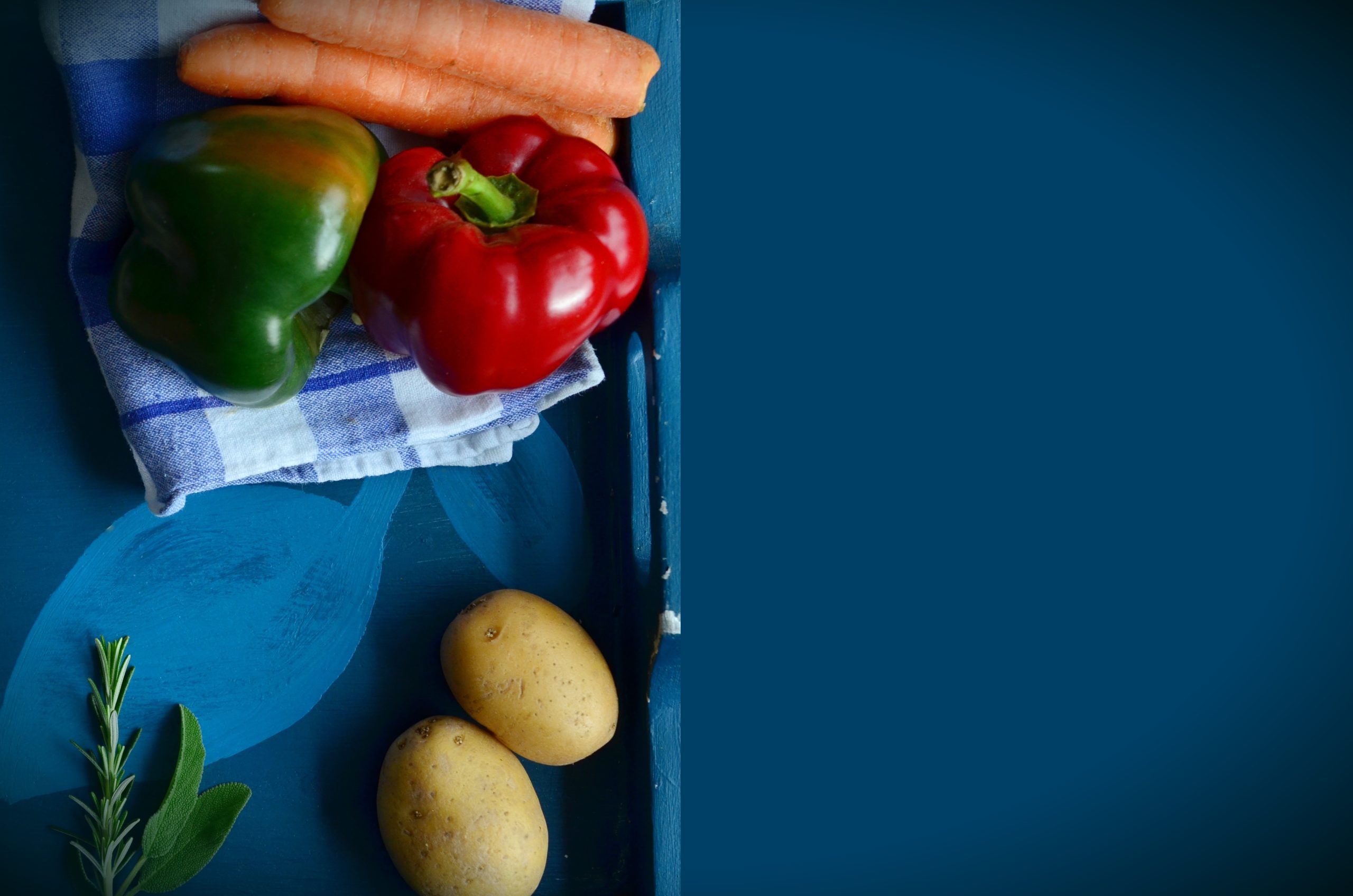Growing Peppers Indoors – Guidelines & Tips
Growing peppers indoors can be a rewarding experience as you enjoy the fruits of your labor right at home. While it may take some extra effort, anyone with an interest in gardening can learn how to successfully grow peppers indoors. Here, we will discuss the guidelines, tips, and best practices to help you produce a healthy and abundant crop of peppers.
Getting Started
To get started growing peppers indoors, you must first decide which type you want to grow. There are countless varieties of peppers to choose from, but you’ll want to select one that is suitable for indoor gardening. Examples include: bell, jalapeño, Serrano, Anaheim, and habanero.
Once you have chosen your pepper variety, collect the necessary pots and soil components. It is important to use high-quality soil with good drainage. The containers should also be at least 12 inches (30 cm) in diameter and provide adequate ventilation.
Ideal Growing Conditions
Peppers require a lot of sun, typically 8-10 hours per day. Since you won’t be able to take advantage of natural sunlight, it is best to use a few different artificial lights to compensate. Hang the lights 8-12 inches (20-30 cm) above the plants and adjust the height according to the intensity of the light.
The ideal temperature for growing peppers is 75-85°F (24 – 29°C). The air should be kept somewhat dry to reduce the chances of rot and disease. You can achieve this by keeping the soil slightly moist but never saturated.
Fertilizing & Maintenance
Fertilizing your pepper plants will help promote healthy growth and abundant yields. Use a balanced fertilizer once or twice a week during the growing season.
It is also important to maintain your pepper plants by regularly checking them for pests and diseases. Inspect the foliage and soil for any signs of trouble and treat the plants accordingly.
Harvesting & Storage
When it comes time to harvest your peppers, you’ll want to do so at the peak of ripeness. This can be determined by the size and color of the pepper, as well as the taste.
Once you’ve harvested your crop, you can store them in the refrigerator for up to a week. Alternatively, you can dry and preserve the peppers for longer-term storage or for use in recipes.
Conclusion
Growing peppers indoors is totally achievable for any level of gardener. With the right materials, conditions, and maintenance, you can produce a healthy and abundant crop of peppers. With these guidelines and tips in mind, you’re now ready to start your indoor pepper garden!



